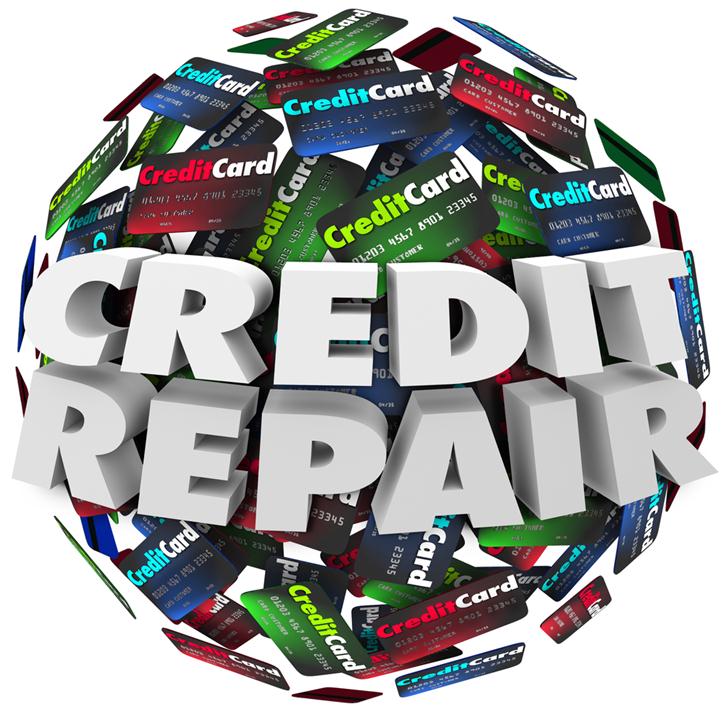So you’re determined to fix your credit. Good for you! A better life lies within your reach. Follow this easy-to-understand checklist to help guide you on your journey towards a high credit score.
Step 1: Get a copy of your credit report
The first and most important step to fixing your credit is to obtain a copy of your credit report. This is the foundation of your entire credit repair program. Your credit report will tell you what you need to work on and will likely include an explanation of the things negatively affecting your credit. Think of it as a roadmap to a better credit report:
Step 2: Correct any incorrect information on your credit report
A study by the National Association of State Public Interest Research Groups showed that 79% of all credit reports contain some type of error – and 25% had serious errors that could deny credit to their owners. So check your report for errors, and send in a credit report dispute to have this inaccurate information removed. This is the easiest problem to fix, so it should be the first problem you tackle.
Step 3: Get current on any past due accounts
Your payment history has the largest impact on your credit score, constituting 35% of your FICO score. Get current on all your accounts, including late payments, charge-offs, and collection accounts. Pay off accounts that are 30 days late or 60 days late, so you stop them from impacting your credit negatively. Once accounts are past 90 days late, you’re considered extremely delinquent.
You can try negotiating with creditors and debt collectors to remove charge-offs and collection accounts from your credit report in return for paying their accounts in full. They don’t have to remove this information, but you may be able to talk them into doing it.
Step 4: Pay off any high and over-the-limit balances
30% of your FICO score is based on your level of debt. Try to keep your credit card balances at or below 30% of your credit limit. So, for example, if you have a card with a $1000 credit limit, you should have only a $300 balance. That’s the ideal balance to start building positive credit. You should begin with bringing over-the-limit balances below the limit. After that, you can start trying to bring all your credit card balances closer to 30% utilization.
Step 5: Pay any unpaid judgments
This step is fairly straightforward: pay any unpaid judgments. They’ll continue negatively impacting your credit until you’ve paid it off or until it’s taken off your report. (Usually, that comes after seven years, but the period of time may vary according to the statute of limitations.)
Step 6: Take your student loan out of default
If you default on your student loan, it doesn’t need to stay permanently on your credit report. If you talk to your student loan lender, you may be able to figure out a way to bring your student loan out of default. Usually, this will require your making several months of timely payments before your student loan will be considered current.
Featured Image: Thinkstock/Peshkova




